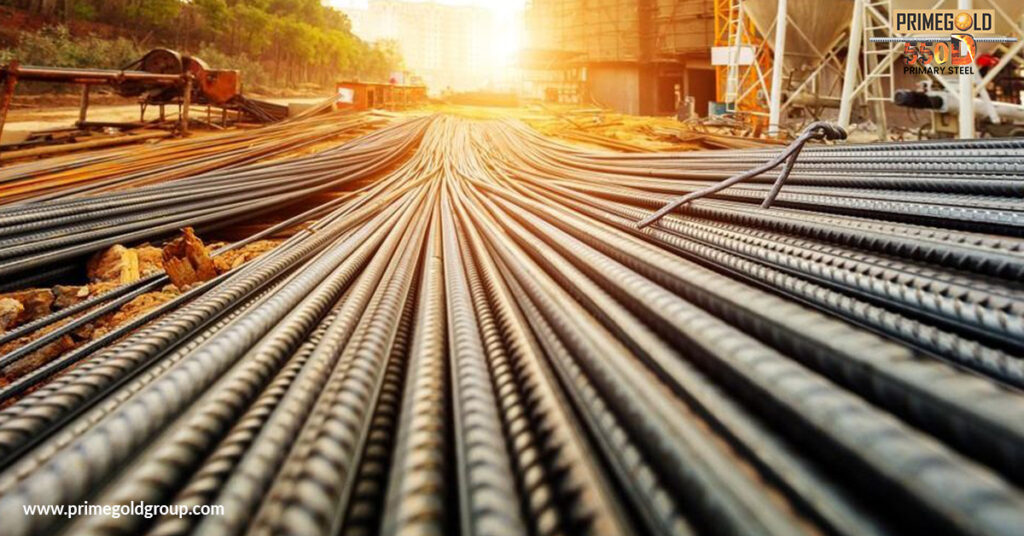TMT, or Thermo-Mechanically Treated, steel is used in construction for reinforcement of concrete structures such as buildings and bridges. TMT steel is known for its superior strength, ductility, and toughness compared to traditional carbon steel. This makes it more resistant to bending, cracking and breaking under stress, which is important for the safety and longevity of a building.
Using TMT steel in construction can also lead to cost savings, as it can reduce the amount of steel required for a project and increase the efficiency of construction. TMT steel is also more eco-friendly than traditional steel, as it uses less energy and generates less carbon emissions during production.
In summary, TMT steel is a better option for building construction because it provides superior strength, ductility and toughness, increases efficiency, and is more eco-friendly.

Important Facts on TMT Bar
TMT (Thermo-Mechanically Treated) bars are steel bars that have undergone a special heat treatment process that improves their properties such as strength, ductility, and weldability. They are commonly used in construction for reinforcement of concrete structures, such as buildings and bridges. The process of TMT involves quenching the steel bars in water or oil after they have been heated to a high temperature, which improves their mechanical properties and makes them more resistant to bending and breaking. TMT bars are considered to be more durable and long-lasting than other types of steel bars, and are often preferred by builders and engineers for their strength and reliability.




